Can Smart Heating & Thermostats Save You Money?
Smart heating and thermostats are among the biggest buzzwords in the home heating industry, but can they really help you save money? Simply put, more control means better tailoring of your space heating and hot water setup. This should ultimately get you closer to the holy grail of only using exactly as much energy as you actually need to create a comfortable living environment all year round.
“There are many homes in the UK without even basic heating controls,” explains Nigel Griffiths, Build It’s sustainability and heating expert. “Putting in a standard programmable timer gets you 75% of the way there in terms of the potential savings. The other 25% is about getting clever with zoning, temperature control in rooms and suchlike.”
And that last 25% of energy savings is where the latest whizz-bang intelligent thermostats and controls come in. So what’s involved in creating a smarter home heating setup? And just how much can you save on heating bills?
Need expert advice on smart home tech options?Talk to industry experts about your plans and learn from their years of experience at Build It Live. Watch live presentations on a variety of self build and renovation topics, browse thousands of home technology products and get your specific questions answered. Build It Live takes place three times a year in Kent, Oxfordshire and Exeter. The next show will be on 8th and 9th June 2024, in Bicester, Oxfordshire. Claim a pair of free tickets today and start planning your visit. |
How Do Smart Heating and Thermostat Systems Work?
While standard thermostats monitor air temperature and trigger the heating when it drops below the pre-set figure, smart thermostats are more intuitive. Combining a digital interface with a smartphone app, they connect your heating system to the internet, enabling you to control temperatures from anywhere, when home and away.
A smart thermostat can simply replace an existing controller, using the same wiring, so retrofitting is straightforward. Plus, the lifestyle benefits are significant. “With a smart thermostat, you can manage your heating easily, using your phone, voice or manually on the product,” says Benoit Caudy from Netatmo. “They tend to feature smart algorithms and know when to start your heating to reach the perfect temperature at the right time. Moreover, they analyse consumption.”
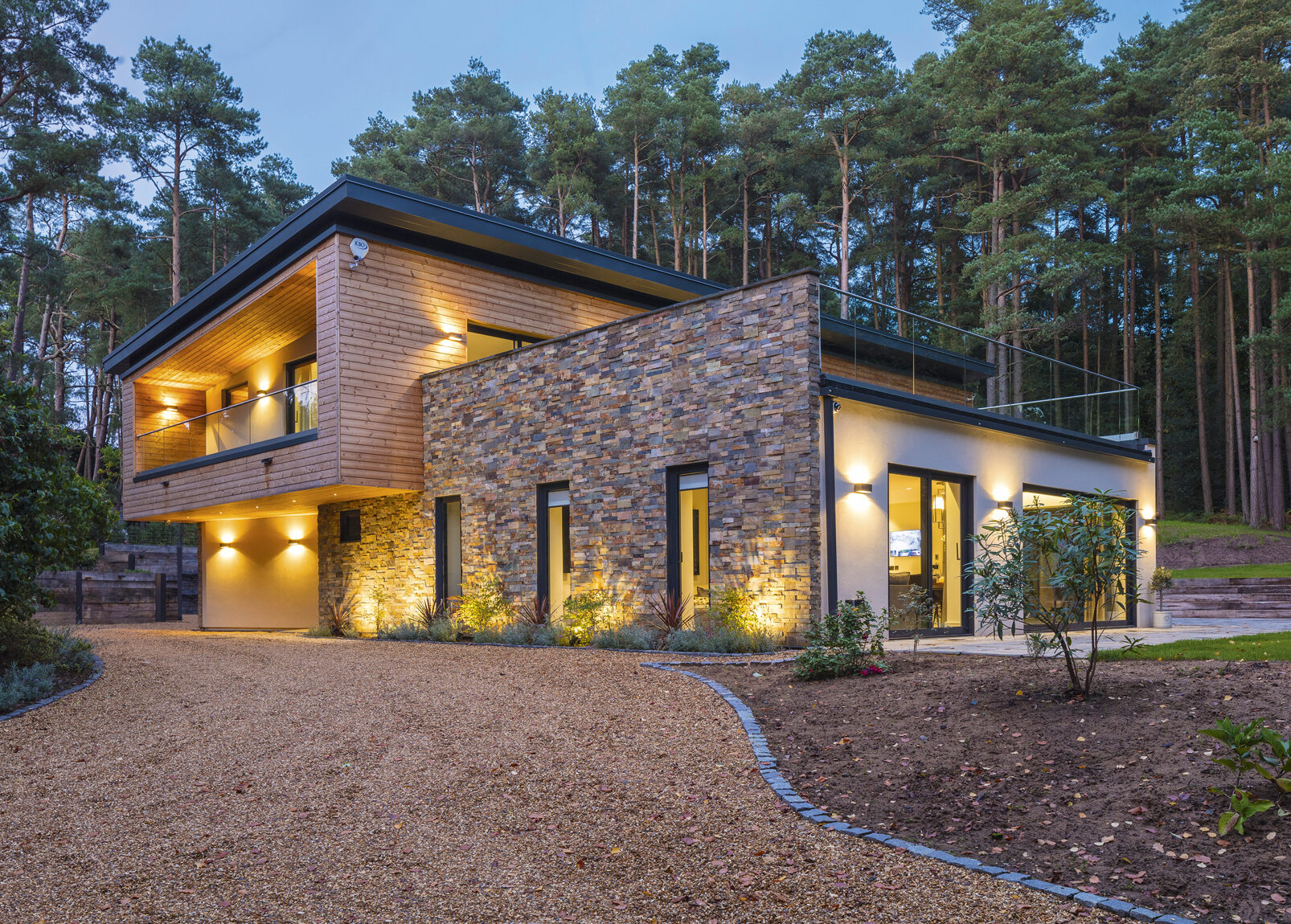
This modern four-bedroom house in Surrey features an array of smart home technology, including zoned underfloor heating. The fully integrated systems make for easy living
On their own, smart thermostats will allow you to control your whole home as one. However, when paired with smart valves (eTRVs), which slot onto your radiators, you can operate your heating on a room-by-room basis. “You wouldn’t control your lights from one switch, so why control your heating with one thermostat?” asks Tom Edmunds from Wunda Group. “Unless you have a thermostat in each room, you’re not accurately controlling the temperature and therefore not conserving energy.”
Wondering which product is your best option? Take a look at our Home Technology Product Finder
What Are the Benefits of Smart Heating Systems?
There are dozens of smart heating products available, and each has its unique selling points. However, most models come with optional eTRVs for an added fee. Allowing for multi-zone heating, these valves regulate the flow of hot water into an individual radiator, enabling you to set rooms to different temperatures and schedules.
You can even turn the heating off in zones that aren’t being used. “Our smart radiator valves can easily be screwed onto your radiator, like a bottle cap, to instantly make a room smart,” says Cameron Wood from Tado. “They also have open window detection, which turns the heating off temporarily if a sudden temperature or humidity change is detected.”
Similarly, some manufacturers, like Genius Hub, offer room sensors. These trigger the heating to come on when someone steps inside. Likewise, most models adapt intelligently to your lifestyle and environment. “They use algorithms to understand your routine and automatically adjust temperature settings based on this,” explains Hannah Livingstone from Genius Hub.
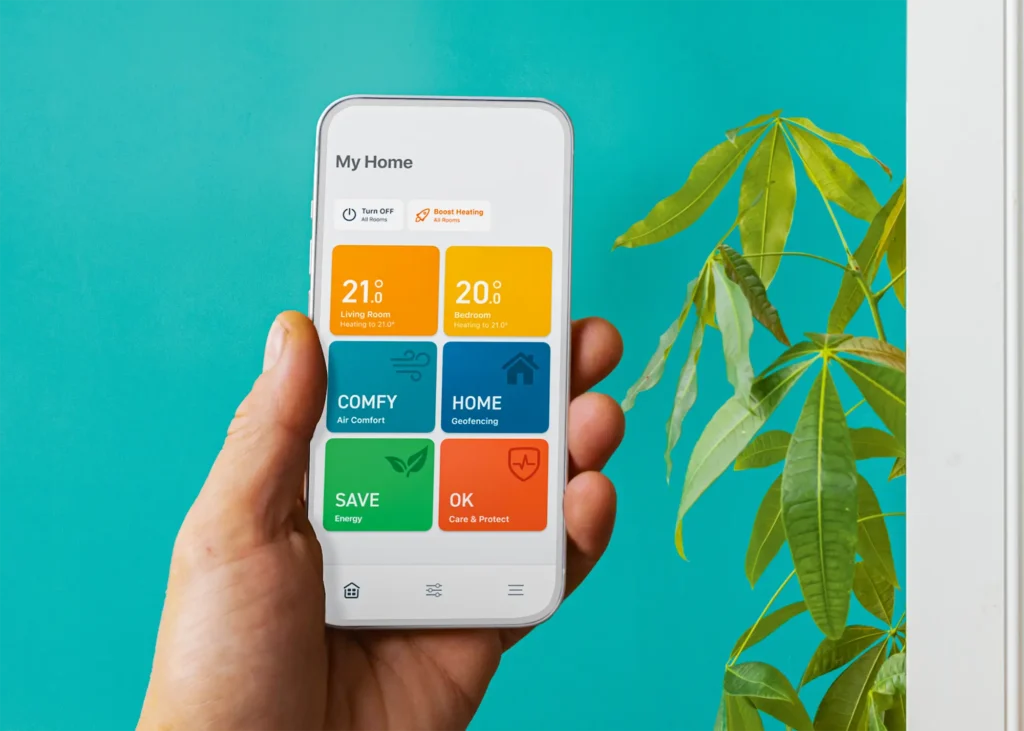
With the Tado app, and the use of smart radiator thermostats, you can individually control the temperature of up to 25 zones at a time. The Tado system also boasts open window detection, weather response and frost protection. The Wireless Smart Thermostat costs £179.99, and radiator valves are £59.99 each
Many also feature boiler modulation. “Smart thermostats that have Time Proportional and Integral (TPI) control can learn how your home heats up and avoid going above the target temperature by switching off your boiler at just the right moment,” says Louis Papineau from Hive. “By reducing boiler usage, you could save money.”
One of the smartest features is geofencing. By tracking the GPS signal of your smartphone, geofencing turns the heating off when you leave the house. With WundaSmart, you can geofence on a room-by-room or user-by-user basis. “This setup means that your heating is triggered based on your smartphone location, automatically turning on when you’re nearby,” says Tom Edmunds.
Cleverly, some smart heating systems also offer weather response, monitoring what’s going on outside and adjusting the home heating inside accordingly. “If sunshine is pouring through the window, or there’s a lot of people in the house (giving off bodyheat), then WundaSmart won’t request hot water from your boiler,” says Tom. “It’s the perfect example of nature and technology working together.” Similarly, Genius Hub’s frost protection triggers the heating if the temperature drops below 4°C, to ensure pipes don’t freeze.
Then there’s whole-house smart heating systems, like Baulogic. Although not a typical retrofit option, it can be installed in refurbishments that require rewiring. “Our system unites smart heating and hot water controls with automated lighting, blinds and security,” says Darren Palmer from Baulogic. “A benefit of this is that the setup works as one. For example, if it detects solar gain, it will open the blinds to maximise warmth in the winter. This type of synchronisation is only available with integrated systems.”
Learn More: Smart Home Technology: How to Plan Your Smart Home & Choose the Best Technology
How Easy are Smart Heating Systems to Install?
Many smart heating and thermostats products are relatively straightforward for a competent DIYer to install. The trickiest bit is usually hooking up the new boiler control box. But most providers offer a cost-effective supply and fix service that tends to be worth the extra outlay for peace of mind. If you go down this route, take the chance to get them to demonstrate how everything works and, ideally, put a basic programme in place.
You can install smart tech on pretty much any central heating system – including many renewable appliances. It’s worth double-checking suitability with the manufacturer before you buy. Some smart tech firms offer handy online compatibility checkers.
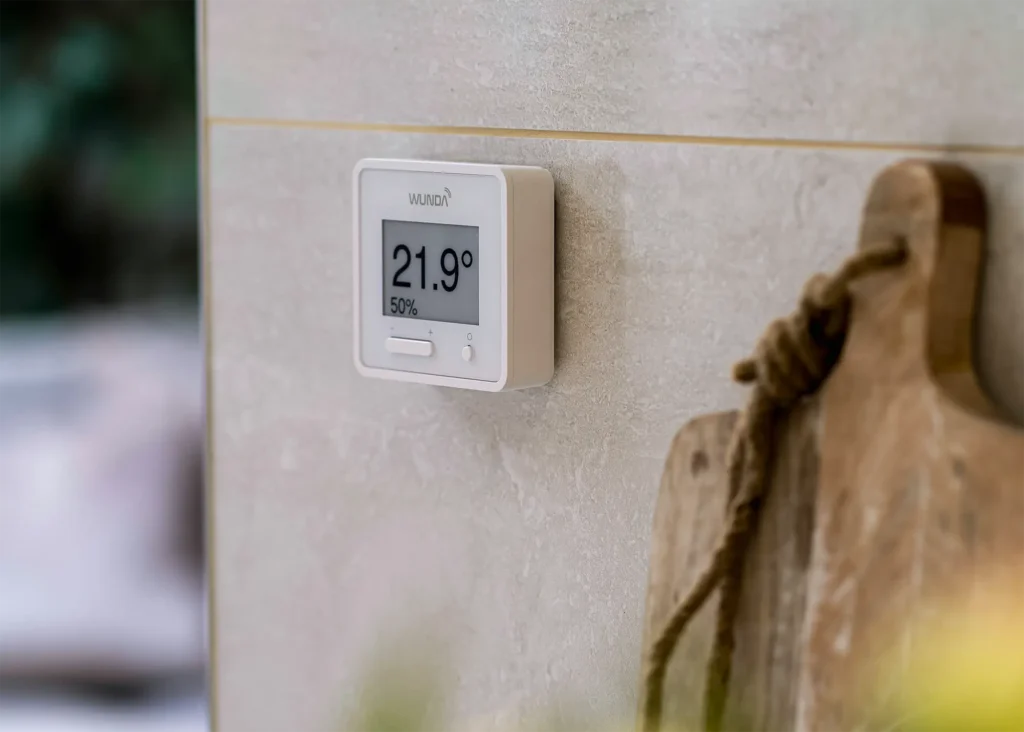
Controlled via app, voice or control panel, WundaSmart allows you to manage your heating with easy-to-tailor schedules to suit your lifestyle. Thanks to zoning functionality, you can alter the temperature of up to 30 rooms and 50 radiators at once. Prices for the WundaSmart Room Thermostat start at £60, with WundaSmart Radiator Heads £70 each
How Much Do Smart Heating and Thermostat Systems Cost?
Smart thermostats typically cost anywhere from £60 to £300, but for independent room control, users need to purchase eTRVs separately. “Multi-zone control increases the overall cost of a system. For example, a Genius Hub starter kit (which is just the thermostat) is around £300.
This only allows for setting your whole house temperature to a schedule,” says Hannah Livingstone from Genius Hub. Each radiator valve costs £90, while room sensors are £55. So, depending on the size of your house, figures can quickly rise. “Whilst this can be quite a significant upfront payout, you will make your heating system more efficient,” continues Hannah. “We’ve found the payback period for many customers is roughly three years.”
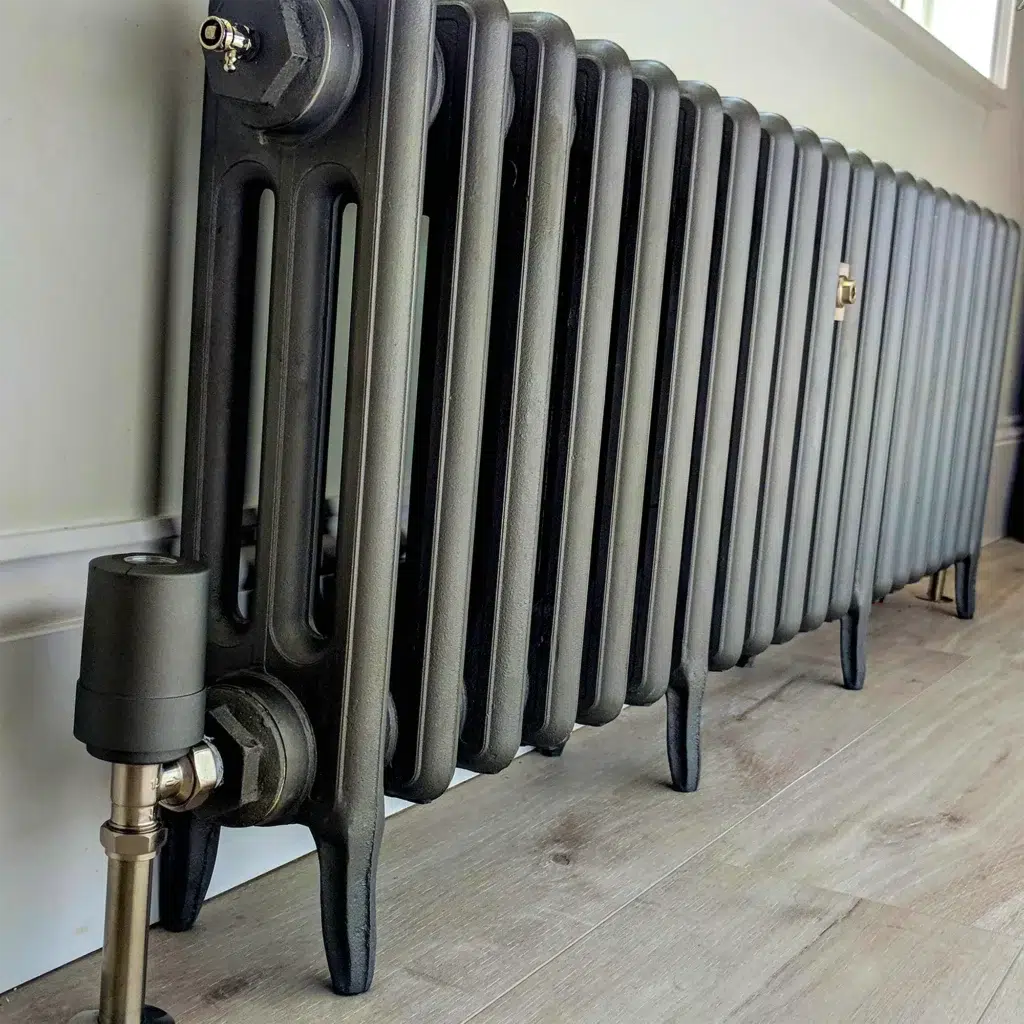
Genius Hub allows you to customise the colour of the valves, to match your existing radiators. Painted bespoke, they cost £30 each and there are countless shades to choose from, including white and anthracite
To save on initial costs, you could opt to install two thermostats, separating the property into two heating zones. “This would allow customers to heat downstairs during the day while it’s being occupied but not waste energy heating upstairs,” says Louis Papineau from Hive.
Many smart thermostats can be retrofitted easily to existing heating systems, as they are designed for DIY installation. For example, fitting the Netatmo Smart Thermostat is said to
take less than an hour. However, most manufacturers offer pro installation for £100 or less.
How Much Can I Save with Smart Heating?
Depending on your lifestyle and how you use your smart thermostat, you could save money – but there’s no guarantee. “When utilised properly, smart heating is a cheap and convenient way to cut,” says Tom. “You can tailor your heating and have greater control over it, which ultimately will help cut costs. Room zoning has been shown in studies to provide energy savings of up to 37%.”
According to the manufacturers, Genius Hub customers typically save around 30% on their energy bills. “Our average customer saves 22%, which in the UK right now equates to £294,” says Cameron from Tado. With a Hive thermostat, you could save around £311 per year, based on customer statistics. Hive enables users to input how much they wish to save and set up a schedule that will help them stick to a budget.
In practice, some households might be better off with a cheaper standard thermostat, simply programming their heating schedule on a seasonal basis. This is especially true for those who have a set routine, who leave and return home at the same time each day. Of course, room-by-room control will help you avoid wasting energy on vacant spaces, but a similar result can be achieved by turning radiators off in rooms you aren’t using.
Essentially, it’s important to get the basics right before investing in smart heating. If your house is poorly insulated, then it will be better value-for-money to tackle this first. Also, understand your lifestyle and the way you use your home – will having multi-room and app control benefit you? If you’re still unsure, some manufacturers offer an energy saving guarantee, so if you’re not convinced you can claim your money back.
Read More: Smart Home Costs: What to Budget for Home Technology
This article was originally published in 2018 and has been updated in August 2023. Additional content by Jennifer Grimble
































































































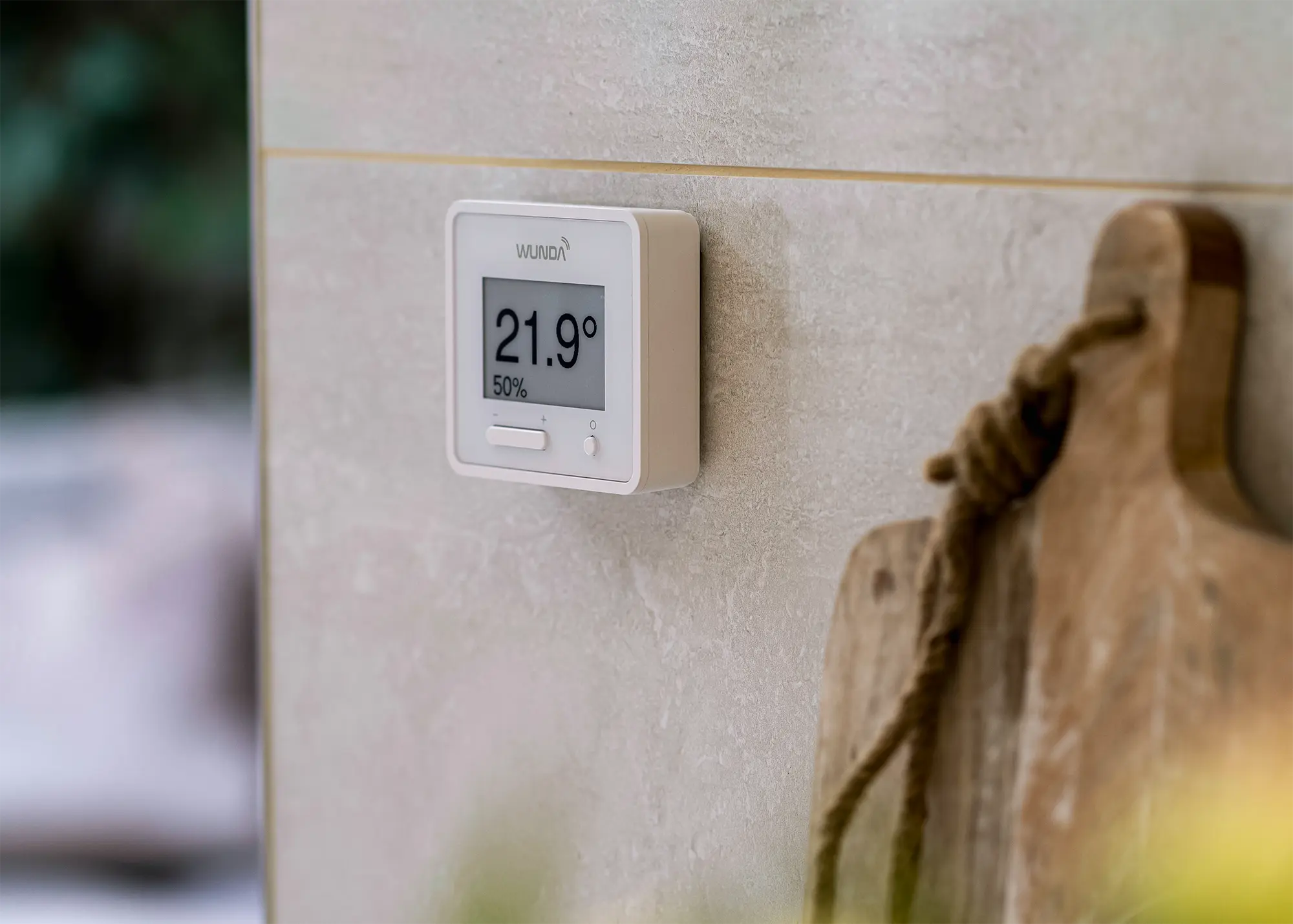
 Login/register to save Article for later
Login/register to save Article for later






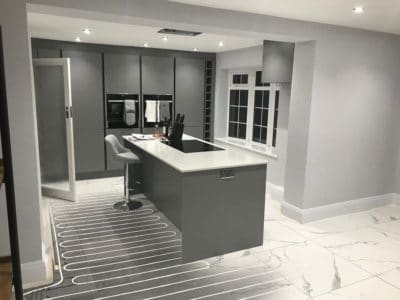

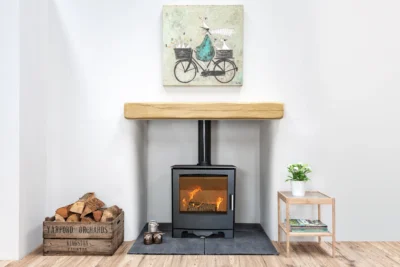
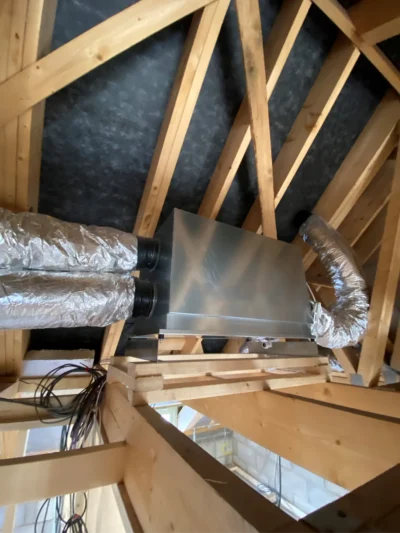





Comments are closed.